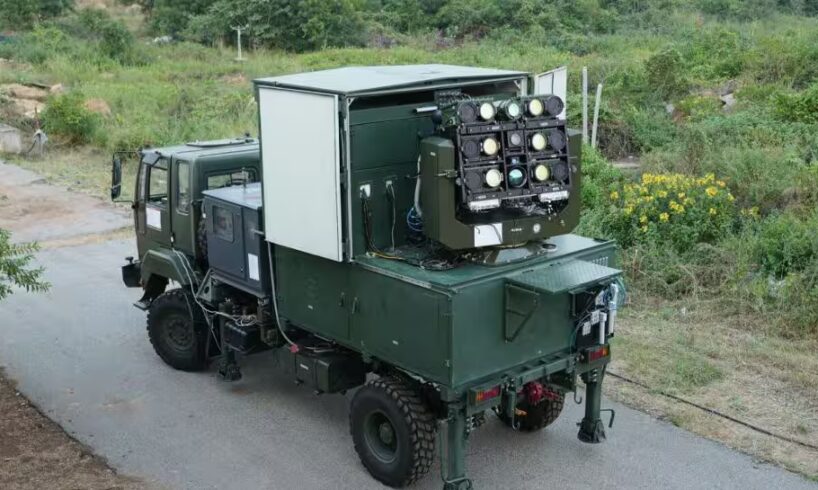
New Delhi: The next generation of warfare will belong to countries that dominate in technology. World’s major powers, such as the United States, China, Israel and Russia, have been preparing for modern warfare for years. India is now accelerating its pace to join this elite league.
Central to this race are Directed Energy Weapons (DEWs), which are futuristic systems that use concentrated energy beams, including lasers, to intercept rockets, drones and other fast-moving threats.
In April 2025, the Defence Research and Development Organisation (DRDO) successfully tested its 30-kilowatt Mk-II(A) laser DEW at Kurnool in Andhra Pradesh. The system demonstrated precision, successfully disabling fixed-wing platforms, drone swarms and surveillance sensors at a distance of five kilometers.
Add Zee News as a Preferred Source
Compared to conventional missiles, laser weapons are far more cost-effective. Many countries are racing to develop high-energy DEWs because each laser shot costs significantly less than producing a missile. Because the weapons use light-speed targeting, they can react instantly to fast-moving drones and incoming missiles.
Though India’s 30-kilowatt Mk-II(A) cannot intercept and destroy ballistic missiles, it is an important first step, placing the country in the same league as the United States, Russia, China and Israel in advanced laser technology. Israel is developing 300-kilowatt lasers capable of intercepting ballistic missiles.
The April test confirmed India’s entry into the global elite of nations mastering laser weapon systems. The DRDO aims to induct these systems into the armed forces within the next two years and plans to deploy them on ships, aircraft and even satellite platforms in the future.
Work is also underway on the 300-kilowatt ‘Surya’ laser DEW, which could intercept high-speed missiles at distances of up to 20 kilometres.
How Directed Energy Weapons Work
The DEWs replace conventional explosives with concentrated energy sources – lasers, microwaves or particle beams. A laser can generate intense heat in seconds and melt or destroy key components of a target.
The Mk-II(A) demonstrated this by neutralising drones and surveillance systems almost instantly. Microwave DEWs can disable multiple drones in a wide area, while particle beams, still in early development, could eventually inflict molecular-level damage.
The advantages of DEWs include low cost, near-instantaneous response, no ammunition requirement and minimal risk to surrounding areas.
Countries around the world are rapidly advancing in this field. The US Navy uses LaWS and HELIOS laser systems, Israel’s Iron Beam intercepts rockets and mortars at low cost, Russia’s Peresvet satellite can blind enemy satellites and China’s Silent Hunter can disable vehicles and drones. India’s Mk-II(A) now signals a strong claim in this global race.
Countering The China-Pakistan Threat
The capability is particularly important given emerging drone and missile threats from China and Pakistan. Modern conflicts, including the Russia-Ukraine war, have demonstrated how cheap swarm drones can overwhelm traditional air defenses.
The technology has certain limitations. Weather conditions like rain, fog, snow, dust or humidity can weaken lasers, posing technical challenges in India’s varied terrains.
High-energy lasers require significant power; and therefore, developing compact mobile power systems is not easy. Initial costs for development and deployment are also high.
In addition, adversaries are developing countermeasures such as reflective coatings and electronic hardening to deter DEWs.
Despite these challenges, laser weapons can eventually be integrated into tanks, ships, fighter jets and satellites, transforming India’s defensive capabilities.
A Strategic Message
The Directed Energy Weapons will change warfare in the coming decades. India’s Mk-II(A) test is more than a technological achievement. It is a strategic statement that India intends to remain at the forefront of future battles.
By 2027, advanced systems like ‘Surya’ and multi-layer air defenses will strengthen India’s position in global defense technology, changing the future defense landscape.





